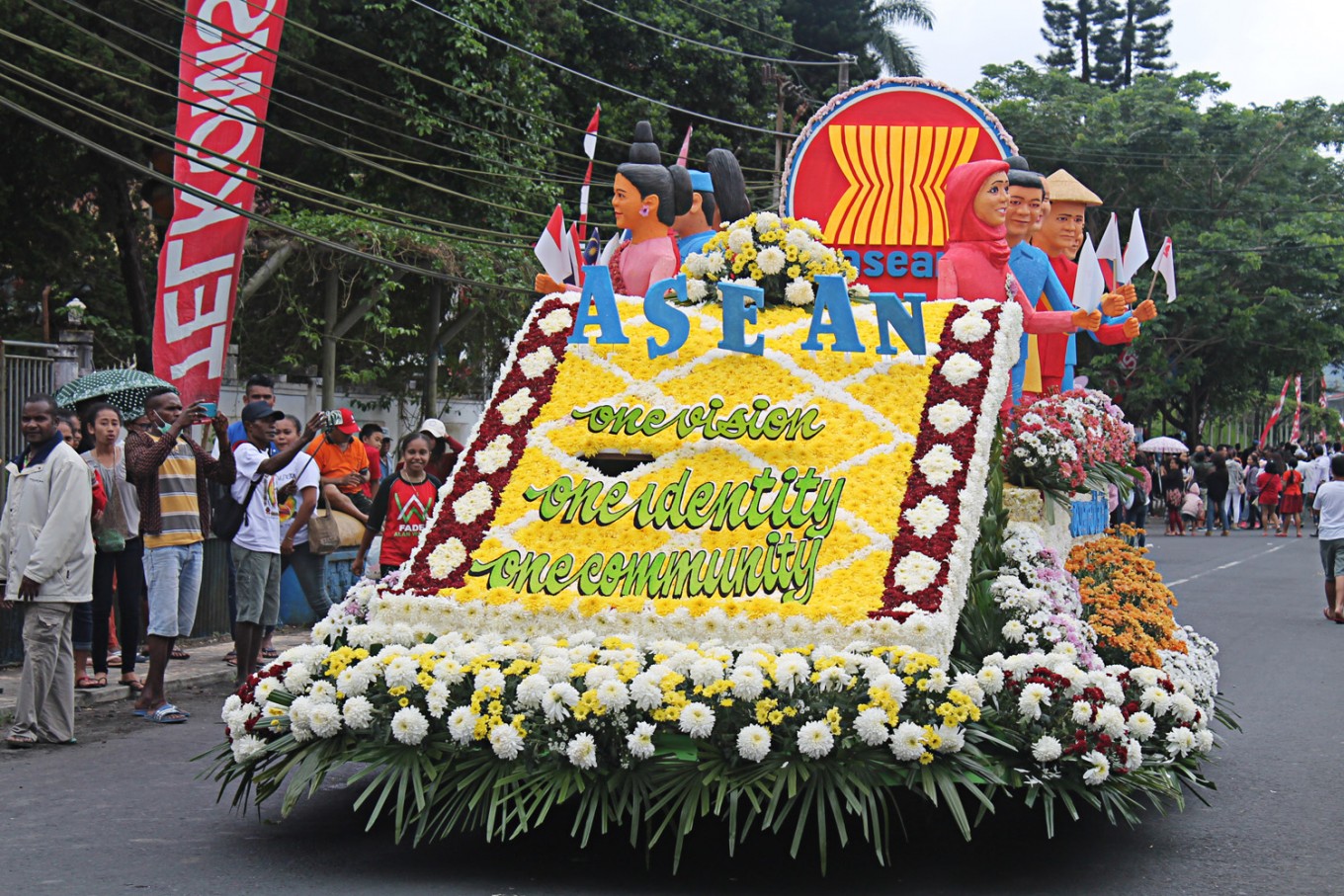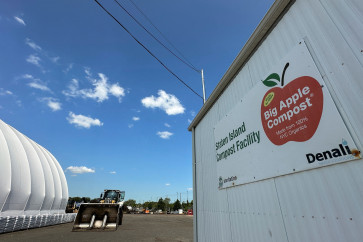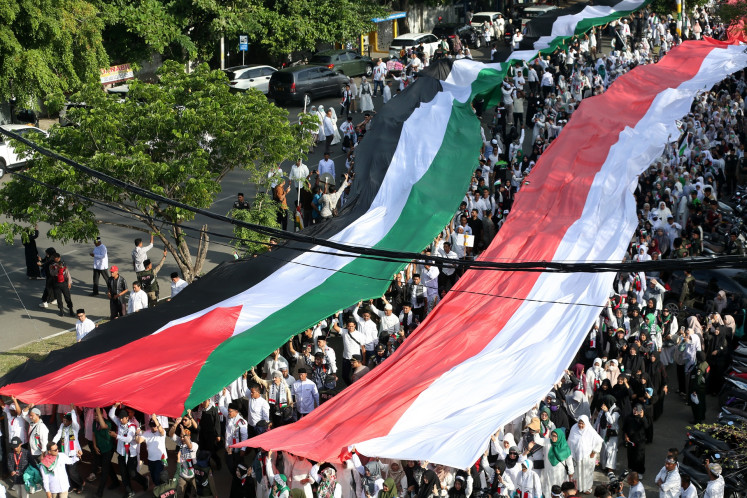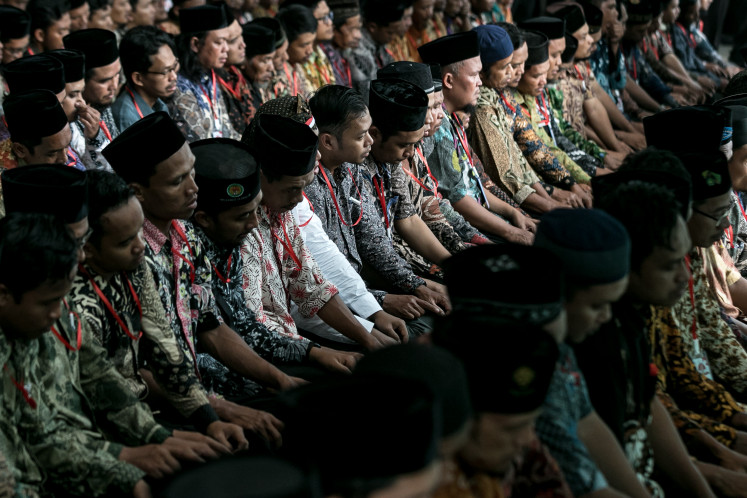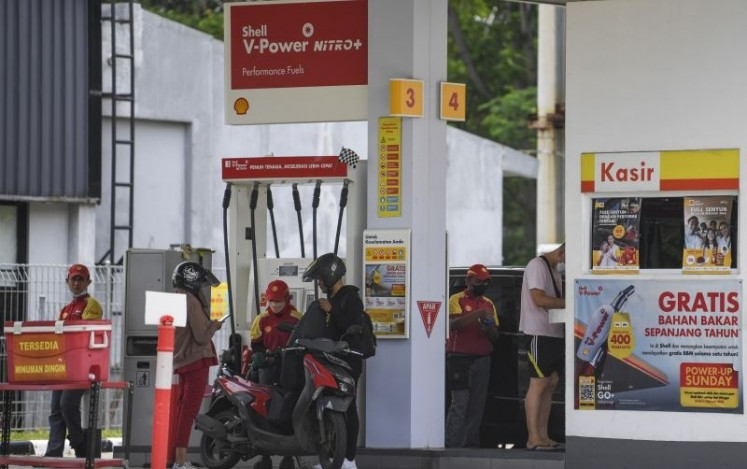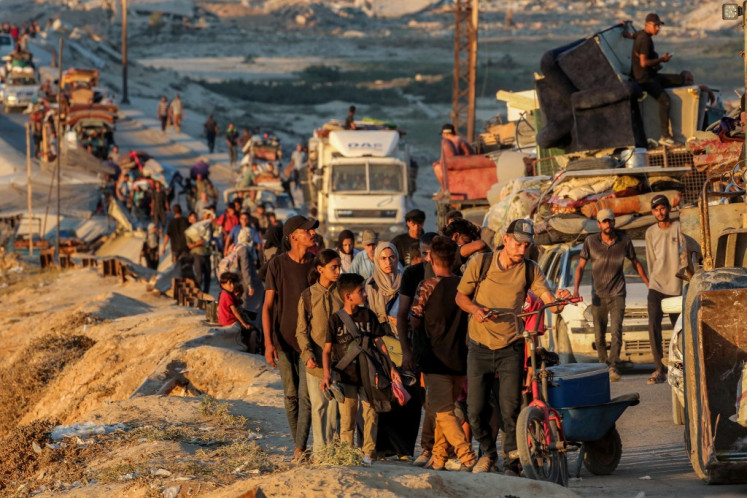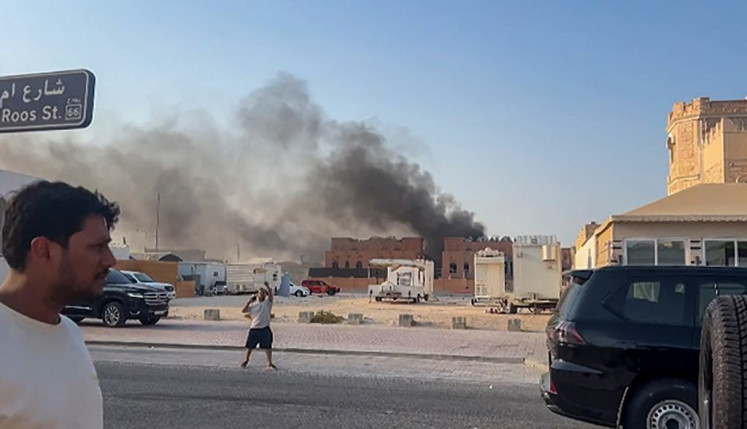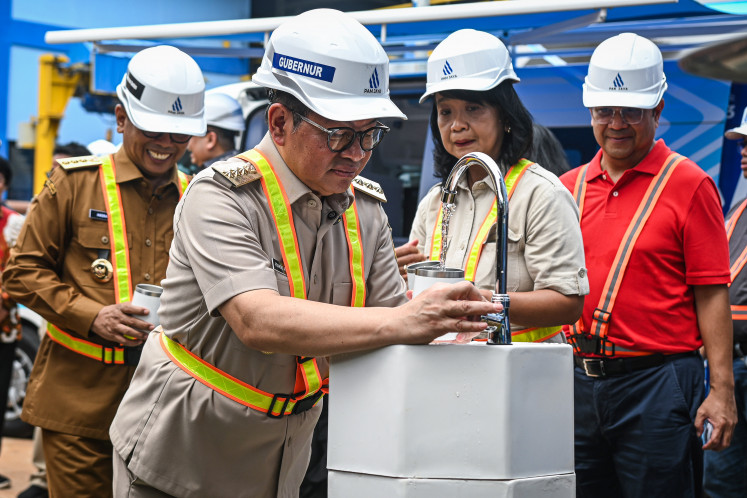Popular Reads
Top Results
Can't find what you're looking for?
View all search resultsPopular Reads
Top Results
Can't find what you're looking for?
View all search resultsFour narratives of ASEAN that makes it unique at 50
But the future of ASEAN will be a competition between two other stories.
Change text size
Gift Premium Articles
to Anyone
T
uesday marked the completion of the golden jubilee of the Association of Southeast Asian Nations (ASEAN), which was founded on Aug. 8, 1967. This regional grouping came into being with a membership of five countries, Indonesia, Malaysia, the Philippines, Singapore and Thailand.
Between 1984 and 1999, five other nations, namely, Brunei, Vietnam, Laos, Myanmar and Cambodia, joined it to make it an association of 10 states. It is unique in its essential character for it is different from both the European Union.
Unlike EU, it is not a supranational organization. It may be recalled that following the turn of the century, ASEAN set for itself the goal of graduating to an ASEAN Community by 2015, a program that was launched with three specific pillars — politicalsecurity, economic, and socialcultural — promised a comprehensive umbrella of functions. The member governments are all agreed on the roadmap that promises to take them to their common destination.
In the past, Southeast Asian region has always been divided, sprawling culture, but for most of the past 50 years, it was held together by a unifying story. It was the story of accelerated economic growth, social progress and cultural development to provide regional peace and stability.
ASEAN’s success was the story of leaving the mutual suspicion, venturing into a wilderness and creating a new promising future for its citizens. That story rested upon amazing level of consultation, compromise and consensus — “the ASEAN way.”
There are four narratives in the ASEAN way. First, there is a story of multi-cultural ASEAN. It sees ASEAN citizens as members of groups, whose status is largely determined by their nationalities and their socio-cultural background. This multi-cultural narrative dominates ASEAN’s community building process and educational systems. It makes the product of these social capital creations — the students, the future citizens of ASEAN — more able to think in-terms larger than their own identity group, which means they can find a common ground or effective arguments that can reach people of different background, in the future.
Second, there is the narrative of globalized ASEAN. This narrative is dominant in urban centers and industrial parks. This story come with an exhilarating ideology of economic integration, supported by regional production networks, that flattened economic hierarchies, strengthened the local supply chains, discarded old elites and empowered low-middle income families and individual workers.

